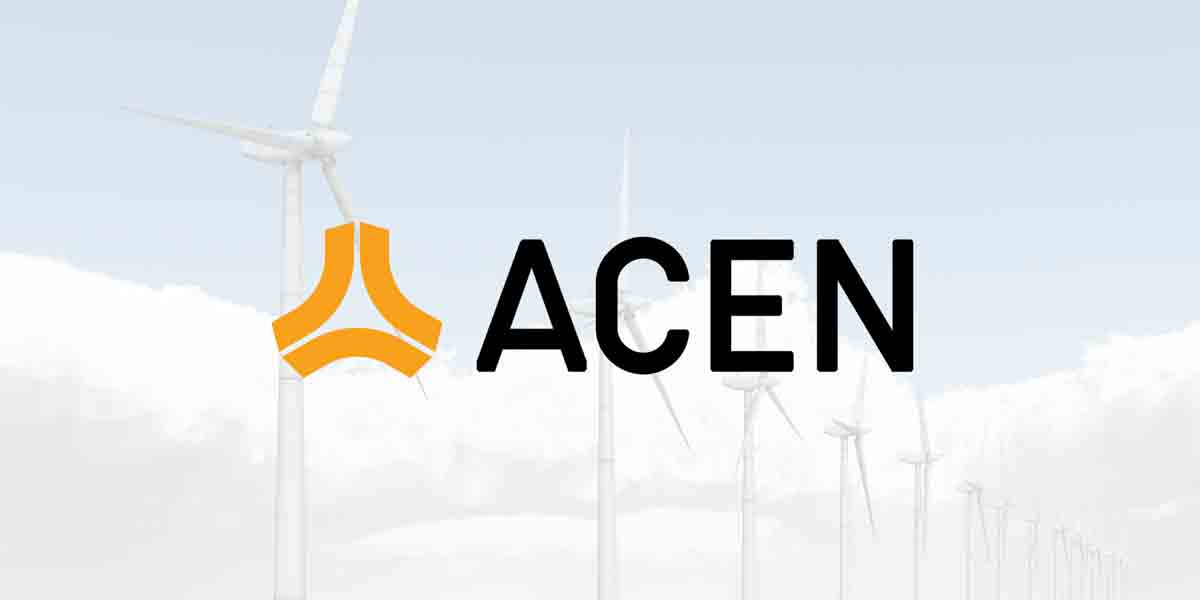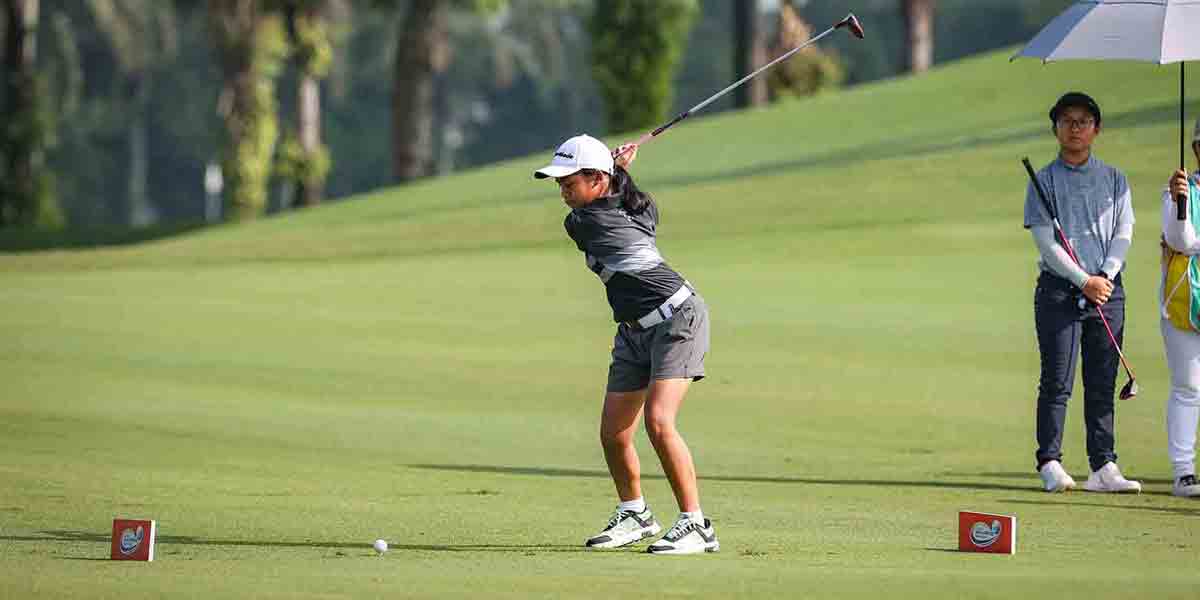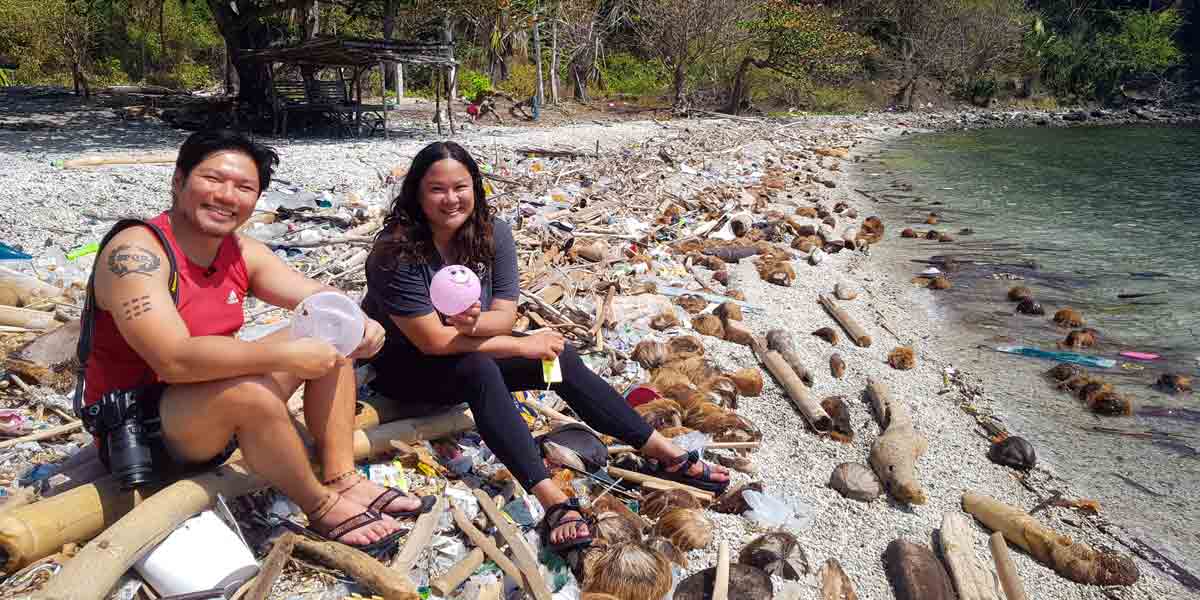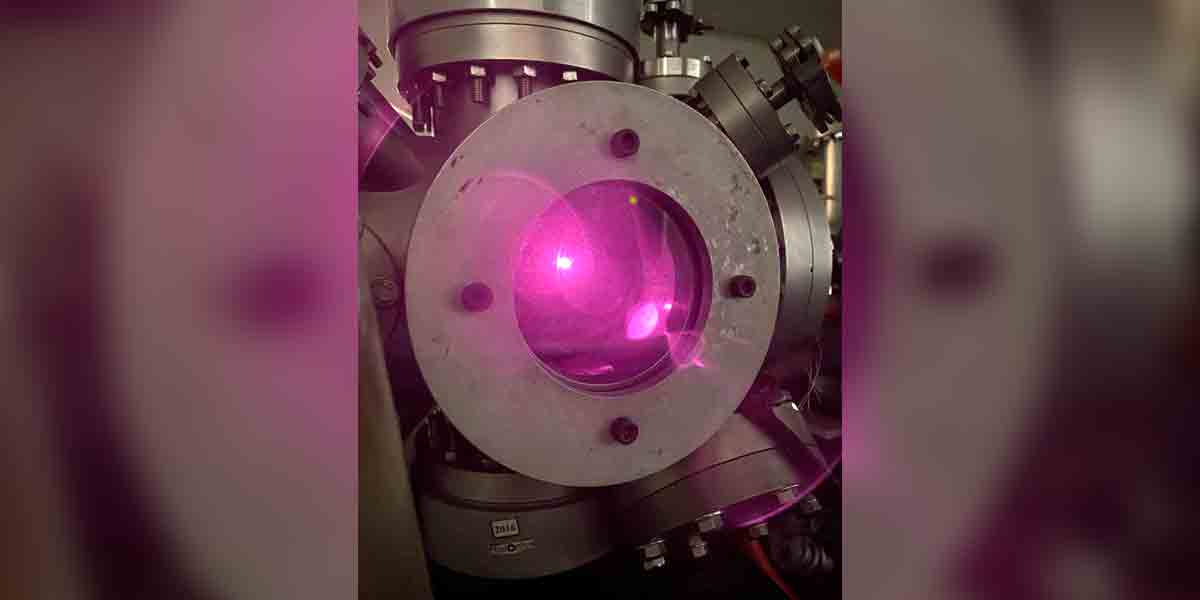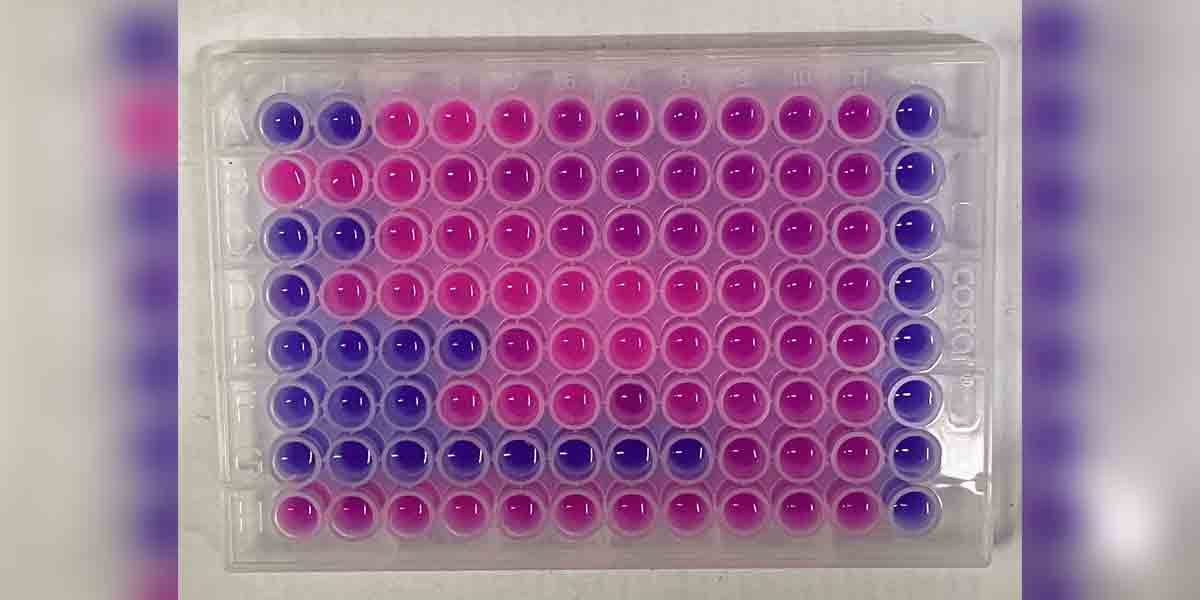By Dr. Rex Casiple
At the beginning of calendar year (CY) 2021, the gradual reopening of colleges and universities for limited face-to-face classes in the country was implemented.
Priority was given to health-related programs, preferably, Medicine, Nursing, Physical Therapy, Medical Technology or Medical Laboratory Science and Midwifery. These are health-related degree programs regarded as vital in providing additional manpower support in the health system during the pandemic.
Specialized laboratory courses under these programs or hospital-based clinical clerkship/internship/practicum were allowed for limited face-to-face delivery subject for approval of the government. Degree programs not identified as priority shall continue to be delivered through flexible distance learning modalities.
Limited face-to-face classes were conducted by qualified higher education institutions (HEIs) for effective delivery of related learning experiences among the graduating students aged 20 years old and above. Limited face-to-face delivery by higher education institutions is not mandatory. Students who opted not to attend face-to-face classes were provided with alternatives close to the quality of learning as experienced through face-to-face activities.
Higher education institutions approved to conduct limited face-to-face classes shall have contingency plans ready to be implemented when students, faculty and staff develop COVID-19 symptoms while inside the campus. In basic education, the proposal to conduct face-to-face classes in low-risked areas was turned down by President Rodrigo Duterte amid the threat of a new coronavirus variant.
In March 2021, days before the first anniversary of the declaration of Enhance Community Quarantine (ECQ) in the Philippines in 2020, several coronavirus vaccines against the virus had been approved for use, either by individual countries or groups of countries, such as the European Union and the World Health Organization (WHO).
Around 114 countries and territories are administering vaccines and publishing rollout data. Fifty-three percent (53%) are high-income nations while 47% are middle-income and low-income nations.
The United States and China have given the most doses, 98 million and 53 million respectively. Some other countries included in the top list of giving the most vaccinations are Israel and United Kingdom. Most of these countries are prioritizing the senior citizens or those above 60, health workers and people who are clinically vulnerable.
A survey conducted in one university in the US to determine the extent of vaccine hesitancy among the students showed that more than 50% favored being vaccinated for the coronavirus when the vaccines are available. Thirty percent (30%) don’t want to be vaccinated while the rest responded to be not sure yet. The major reasons why students don’t want to be vaccinated were vaccine safety and side effects.
Some were reported to have a low level of knowledge related to vaccine development. Various information campaigns were done to encourage more students to accept vaccination. One is through reading material, such as written cards with updated information regarding vaccines placed on tables in food courts and other dining service locations.
Others are through flyers posted around the campus, in classrooms, in bus stop enclosed areas, etc. In some universities, they involved different clubs to distribute facts about the vaccine. Social media, such as Facebook, Twitter, Instagram, YouTube and other platforms were used to disseminate information.
In some medical schools in the US, medical students administered COVID-19 vaccines in addition to their clinical experiences. They are not compensated for their work in administering COVID-19 vaccines. Their participation in the vaccination is voluntary. The program is intended to increase the number of vaccinators and decrease the number of COVID-19 patients.
In the Philippines, President Rodrigo Duterte pronounced a no vaccine, no class policy or no school opening would happen without a vaccine. The national vaccination program started in March 2021. Students were not on the priority list of those who received the first vaccine.
(To be continued)






